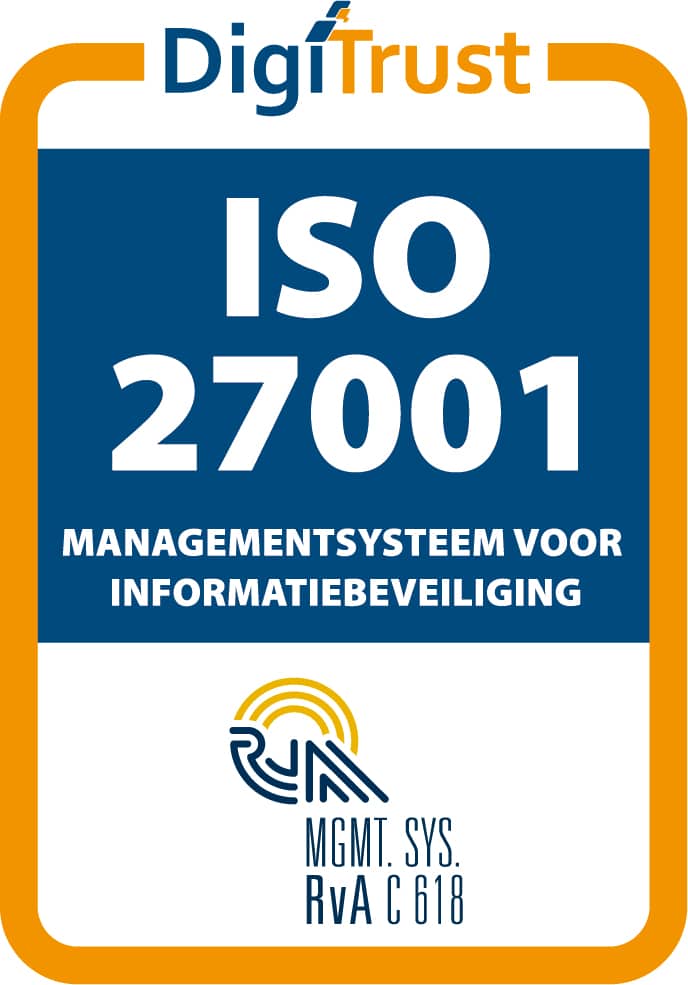Electronic Signature Act
Dutch electronic signature legislation
Since May 21, 2003, Dutch legislation on electronic signatures has been laid down in Article 3:15a of the Civil Code, as far as the public sector is concerned in Article 2:16 of the General Administrative Law Act.
Since July 1, 2016, the amendments of the new Regulation 910/2014 have been implemented in Dutch law in the relevant places, especially in the aforementioned articles. Moreover, case law has an important role in practice. The question often arises as to what type of digital signature is required, such as, for example, in employment contracts where there is a requirement in writing in the law. Courts have interpreted this requirement, where an (advanced) digital signature is sufficient, if applied correctly. This also applies in the public sector, for example in court decisions where an advanced signature can also be used.
Article 3:15a of the Civil Code lays down the following requirements for an electronic signature, whereby paragraphs 2e and 2f only apply unconditionally to qualified electronic signatures.
- 2a. it is uniquely linked to the signatory
- 2b. it allows for the identification of the signatory
- 2c. it is achieved by means that the signatory can maintain under its sole control
- 2d. it is linked to the electronic file to which it relates in such a way that any subsequent change of the data is detectable
- 2e. it is based on a qualified certificate as referred to in Article 1.1, part ss, of the Telecommunications Act (Article 1.1, part ss, of the Telecommunications Act states: 'certificate: electronic confirmation which links data for the verification of an electronic signature with a certain person and confirms the identity of this person')
- 2f. it is generated by a secure electronic signature-creation device as referred to in Article 1.1, part vv, of the Telecommunications Act (Article 1.1, part vv, of the Telecommunications Act states: 'electronic signature-creation device: configured software or hardware used to implement the electronic signature-creation data').
Would you also like to be able to sign qualified electronically?
Curious about the possibilities and impact of qualified electronic signing? Then contact us for a no-obligation appointment.
